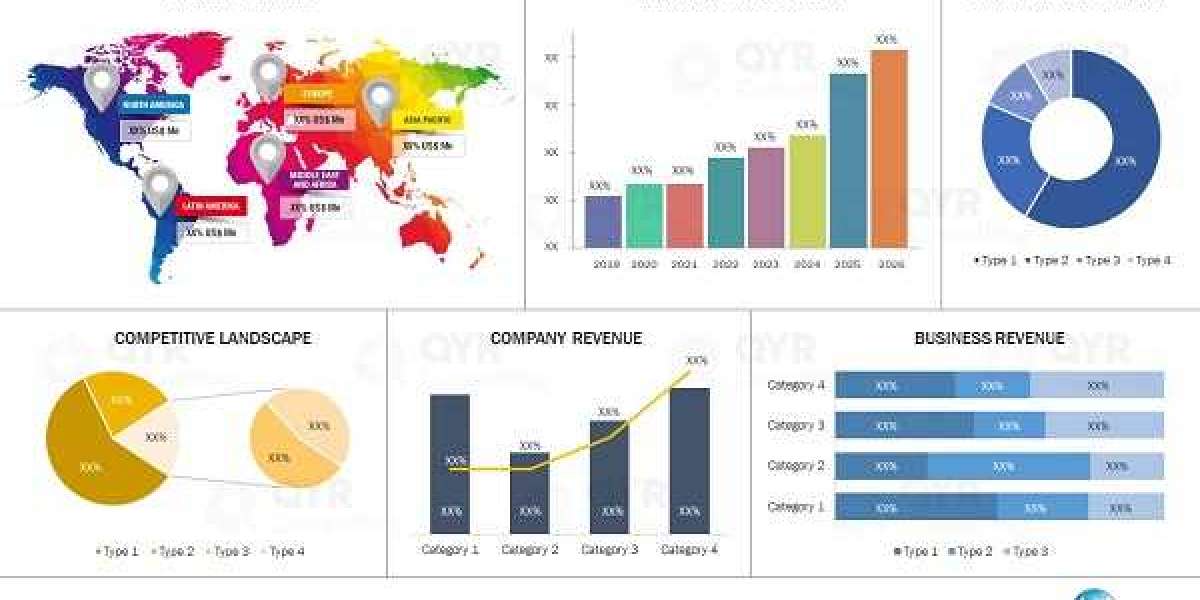In today's rapidly evolving financial landscape, partnering with a reliable banking software development company is essential for institutions aiming to maintain a competitive edge. Banks and financial institutions require robust, secure, and scalable software solutions to manage complex processes, enhance customer satisfaction, and comply with stringent regulatory requirements.
What Does a Banking Software Development Company Offer?
A specialized banking software development company provides tailored digital solutions specifically designed to cater to the unique needs of banks and financial institutions. These solutions typically include:
Core Banking Systems: Efficiently manage customer accounts, loans, and deposits.
Mobile Banking Applications: Offer seamless customer experiences across smartphones and tablets.
Digital Wallets and Payment Gateways: Facilitate secure online transactions and enhance customer convenience.
Compliance and Risk Management Software: Help banks adhere to regulatory requirements, ensuring data protection and financial compliance.
Key Benefits of Partnering with a Banking Software Development Company
1. Customization and Scalability
An experienced banking software development company can provide customized solutions that grow with your business, ensuring your software remains relevant and capable of handling increased transaction volumes.
2. Enhanced Security
Banks manage highly sensitive data, making security paramount. Reputable companies ensure top-notch cybersecurity practices, protecting against cyber threats and unauthorized access.
3. Regulatory Compliance
Banking software must comply with local and international financial regulations. Choosing an experienced banking software development company ensures all software solutions meet regulatory standards like AML, KYC, GDPR, and more.
4. Improved Customer Experience
User-friendly software, including intuitive mobile apps and online portals, enhances customer satisfaction and loyalty, providing seamless transactions and real-time updates.
5. Increased Efficiency and Reduced Costs
Automating complex banking processes significantly reduces operational costs, minimizes errors, and improves overall productivity.
How to Select the Right Banking Software Development Company
Evaluate Expertise and Experience
When considering potential partners, evaluate their portfolio, client testimonials, and case studies to determine their experience and effectiveness within the banking sector.
Check Technical Capabilities
Assess the technologies used by the banking software development company. Modern and secure technologies such as blockchain, AI, and cloud computing are essential for future-proof solutions.
Confirm Compliance Standards
Ensure the company's solutions comply with international and local regulatory frameworks to avoid future compliance issues.
Assess Security Measures
Analyze the company's cybersecurity measures, including encryption standards, secure coding practices, and regular penetration testing to safeguard sensitive financial information.
Consider Customer Support and Maintenance
Continuous support and regular maintenance are crucial. Ensure the chosen banking software development company provides ongoing assistance to handle issues swiftly and efficiently.
Why Choose Us as Your Banking Software Development Company?
As a leading banking software development company, we pride ourselves on delivering state-of-the-art, secure, and scalable banking software solutions. Our team of expert developers and financial technology specialists collaborates closely with banks worldwide, offering comprehensive solutions tailored to each institution's specific needs. Our commitment to innovation, security, and compliance ensures your banking software not only meets but exceeds industry standards.
Final Thoughts
Selecting the right banking software development company is a strategic decision impacting your institution’s future growth, customer satisfaction, and overall efficiency. Prioritize expertise, compliance, security, and customer support when making your decision. With the right partner, you can unlock immense potential and gain a competitive edge in today's digital banking landscape.
For innovative, secure, and reliable banking software solutions, contact our experienced team today to transform your banking operations and drive growth.










